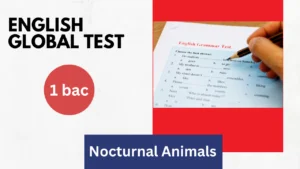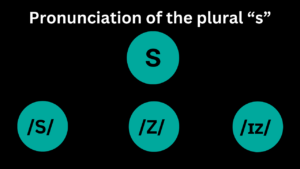
Introduction
Australia is home to a remarkable array of unique and diverse wildlife. While we are familiar with the individual names of these fascinating creatures, did you know that they also have collective nouns to describe their groups? In this article, “Exploring The World Of Australian Animals“, we will explore some of these captivating animal collectives. We will shed light on the fascinating behaviors and characteristics of chatters of budgerigars, troops of kangaroos, parades of echidnas, paddles of platypus, crackles of cockatoos, basks of crocodiles, mobs of emus, knots of green tree frogs, chimes of wrens, wisdom of wombats, and lounges of blue tongue lizards.
Exploring The World Of Australian Animals: Chatters of Budgerigars
Budgerigars, often referred to as budgies, are small and colorful parrots famous for their playful nature and ability to mimic human speech. When these social birds gather, they form a “chatter” – a lively and energetic group that fills the air with melodious calls and vibrant plumage.
Exploring The World Of Australian Animals: Troops of Kangaroos
Kangaroos, the iconic marsupials of Australia, form groups known as “troops.” These herbivorous mammals have powerful hind legs and pouches for carrying their young. In the vast Australian outback, troops of kangaroos can be seen bounding across the landscape, showcasing their incredible agility and strength.
Exploring The World Of Australian Animals: Parades of Echidnas
Echidnas, also known as spiny anteaters, are fascinating monotremes found in Australia. These unique creatures are covered in spines and have a long, sticky tongues for feeding on ants and termites. When multiple echidnas come together, they form a “parade” – a slow-moving procession that highlights their spiky exteriors and intriguing foraging techniques.
Exploring The World Of Australian Animals: Paddles of Platypus
Platypus, another iconic monotreme, are known for their duck-like bills, beaver-like tails, and ability to lay eggs. These semi-aquatic creatures gather in groups called “paddles.” Watching a paddle of platypus gracefully swim and dive in rivers and streams is a truly mesmerizing sight.
Crackles of Cockatoos
Cockatoos, with their striking crests and raucous calls, form “crackles” when they gather in groups. These brilliant and social birds have the ability to mimic sounds and engage in playful antics. The noisy gatherings of crackles of cockatoos fill the air with their distinctive calls and energetic personalities.
Basks of Crocodiles
Australia’s waterways are home to the fearsome crocodile. When they gather together, they form a “bask.” These apex predators have powerful jaws and stealthy hunting techniques. Most often, they sun themselves along riverbanks or lurking beneath the water’s surface. The basks of crocodiles represent their formidable presence in Australia’s diverse ecosystems.
Mobs of Emus
Emus are flightless birds with long legs and a distinctive appearance. They gather in groups called “mobs.” These large, fast-running birds are native to Australia and have a curious nature. Mobs of emus are a common sight in the country’s vast grasslands, showcasing their unique adaptability and intriguing social dynamics.
Knots of Green Tree Frogs
The vibrant green tree frogs have an iconic appearance and melodious calls. They form groups known as “knots.” These arboreal amphibians can be found in trees and shrubs across Australia, often found near water sources. The knots of green tree frogs emit a chorus of harmonious calls, adding a touch of enchantment to the Australian landscape.
Chimes of Wrens
Wrens are small and agile birds with melodious songs. They congregate in groups called “chimes.” These delightful birds exist in various habitats across Australia, from forests to gardens. The chimes of wrens fill the air with their harmonious melodies, captivating listeners with their sweet and intricate tunes.
Wisdom of Wombats
Wombats have burrowing abilities and sturdy physiques. They gather in groups called “wisdom.” These nocturnal marsupials, with their adorable appearances and gentle demeanor, play an essential role in shaping Australia’s ecosystems. The wisdom of wombats represents their collective wisdom in navigating their underground habitats and preserving their unique way of life.
Lounges of Blue Tongue Lizards
Blue tongue lizards are characterized by their distinctive blue tongues and scaly exteriors. They congregate in groups known as “lounges.” These reptiles can bask in the sun or leisurely explore their surroundings. The lounges of blue tongue lizards evoke a sense of tranquility and relaxation, reflecting their calm and unhurried lifestyle.
Conclusion
Australia’s unique and diverse wildlife never ceases to amaze us. From the energetic chatters of budgerigars to the serene lounges of blue tongue lizards, the collective nouns associated with these animals add a touch of wonder to their already captivating existence. These terms reflect the behaviors, characteristics, and social dynamics of these remarkable creatures, inviting us to appreciate the beauty and diversity of Australia’s natural world.






